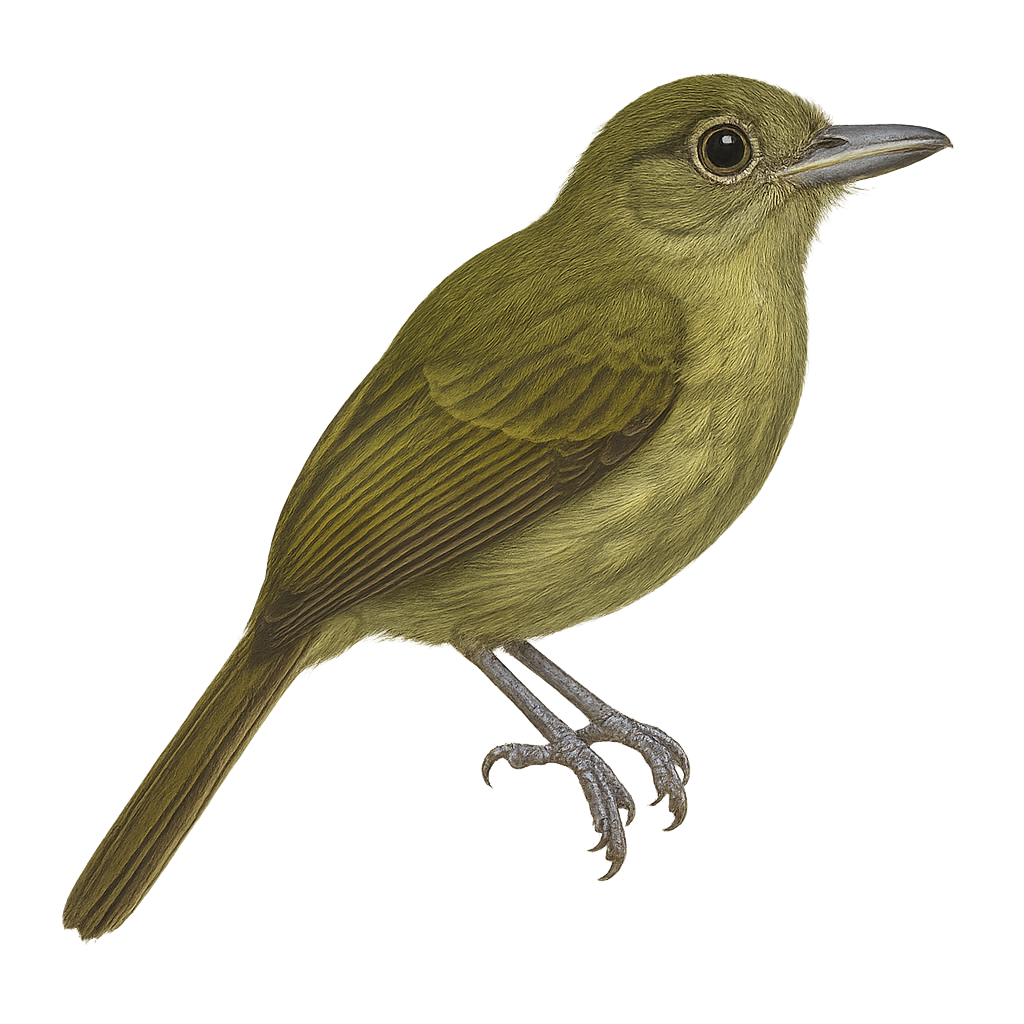Your wildlife photography guide.
Explore the olivaceous flatbill in detail, study its behavior, prepare your shots.
Where to observe and photograph the olivaceous flatbill in the wild
Learn where and when to spot the olivaceous flatbill in the wild, how to identify the species based on distinctive features, and what natural environments it inhabits. The WildlifePhotographer app offers tailored photography tips that reflect the olivaceous flatbill’s behavior, helping you capture better wildlife images. Explore the full species profile for key information including description, habitat, active periods, and approach techniques.
Olivaceous Flatbill
Scientific name: Rhynchocyclus olivaceus

IUCN Status: Least Concern
Family: TYRANNIDAE
Group: Birds
Sensitivity to human approach: Suspicious
Minimum approach distance: 10 m
Courtship display: March to April
Incubation: 17-18 jours
Hatchings: March to May
Habitat:
humid forests, tropical forests, wooded areas
Activity period :
Primarily active during the day, with peak activity in the morning and late afternoon.
Identification and description:
The Olivaceous Flatbill, or Rhynchocyclus olivaceus, is a small bird belonging to the Tyrannidae family. It is primarily found in the humid forests of Central and South America, where it is recognized by its olive-green plumage and flattened bill. This discreet bird is often seen alone or in pairs, feeding on insects caught in flight or on leaves. Its song is a soft whistle, often heard at dawn and dusk. Although its habitat is threatened by deforestation, it remains relatively common in protected areas. Its ability to blend into the foliage makes it difficult to spot, but its presence is often revealed by its distinctive song.
Recommended lens:
400 mm – adjust based on distance, desired framing (portrait or habitat), and approach conditions.
Photography tips:
To photograph the Olivaceous Flatbill, it is advisable to use a 400mm or longer telephoto lens to capture detailed images without disturbing it. Look for it early in the morning or late in the afternoon when its activity is at its peak. Be patient and listen for its distinctive song to locate its position. The natural light of the morning or evening can provide beautiful opportunities to capture the nuances of its olive plumage.
The WildlifePhotographer App is coming soon!
Be the first to explore the best nature spots, track rutting seasons, log your observations, and observe more wildlife.
Already 1 432 wildlife lovers subscribed worldwide

